Carbon fiber is a lightweight and strong material that is widely used in various industries, including aerospace, automotive, sporting goods, and more. It is known for its high tensile strength, low weight, and excellent resistance to corrosion and temperature changes. Carbon fiber is composed of thin, strong crystalline filaments of carbon atoms, which are bonded together in a variety of ways to form different types of carbon fiber materials. Here’s an overview of the production background and raw materials of carbon fiber:
Production Background
It is a very long and slender fiber, its diameter is only 0.005-0.010mm, and its main component is carbon atoms. In the microscopic world, carbon atoms are bonded to each other in a parallel state. This arrangement gives it an extremely powerful scale. When thousands of carbon fiber strands are intertwined, it becomes a yarn that can be spun into fabric. In this article, the editor will tell you about the production background of carbon fiber carbon fiber and what the raw materials are made of.

Carbon fiber was developed in the 1950s. In order to solve the high temperature problem of missiles, scientists used a lot of reinforcing materials, and finally found that carbon fiber was the most suitable. At that time, carbon fiber was carbonized with a large number of artificial heating filaments, and the efficiency was very low. The final utilization rate was only about 20%, and the performance could not be compared with the current materials.
In the 1960s, carbon fiber monofilament with polyacrylonitrile as raw material was developed. This time the utilization rate reached 55%, and the performance was also better, which has made great progress. Now polyacrylonitrile is the main raw material for making carbon fiber, and 90% of carbon fiber is made of it. In the 1970s, pitch-based carbon fibers were extracted from petroleum, and the carbon content reached 85%. It has excellent flexural strength, but the strength is low. Later, viscose-based carbon fiber and phenolic-based carbon fiber were gradually invented, realizing diversified production.
Now, carbon fiber materials are used to manufacture aircraft, machine parts, racing cars, golf clubs, bicycles, fishing rods, and sailboat masts to meet the needs of light weight and high strength. China, the United States, Japan and Western Europe are all major carbon producers, and China’s carbon fiber business is booming.
Carbon fiber was first developed in the mid-20th century as a result of research into high-temperature materials and composites. Its commercial production began in the 1960s, with significant advancements made in the following decades. The production process involves converting a precursor material, typically a polymer, into carbon fiber through a process called carbonization.
Raw Materials
The raw materials used in the production of carbon fiber primarily include precursor materials and certain chemicals for processing. The most common precursor materials are polyacrylonitrile (PAN), pitch, and rayon.
- Polyacrylonitrile (PAN): PAN-based carbon fiber is the most widely used type. PAN fibers are made from the polymer polyacrylonitrile, which is composed of carbon, hydrogen, nitrogen, and oxygen atoms. PAN fibers are initially spun from the polymer and then undergo a series of processing steps to increase their carbon content and remove other elements. This process involves stabilization (oxidation) and carbonization at high temperatures.
- Pitch: Pitch-based carbon fiber is produced from a precursor material called coal tar or petroleum pitch. The pitch is spun into fibers and then carbonized through controlled heating. Pitch-based carbon fibers tend to have higher thermal conductivity and different properties compared to PAN-based fibers.
- Rayon: Rayon-based carbon fiber is produced from cellulose, a natural polymer found in plants. Cellulose is chemically processed to form rayon fibers, which are then carbonized to produce carbon fibers. Rayon-based carbon fibers are less common and tend to have different mechanical properties compared to PAN-based fibers.
Production Process
The production process of carbon fiber involves several key steps:
- Precursor Preparation: The selected precursor material (PAN, pitch, or rayon) is processed into continuous filaments or fibers through spinning and other chemical treatments.
- Stabilization (Oxidation): The precursor fibers are exposed to controlled heating in an oxygen-rich environment. This process, called stabilization or oxidation, removes volatile elements and chemically transforms the precursor into a more stable intermediate material.
- Carbonization: The stabilized fibers are subjected to higher temperatures, typically in the range of 1000 to 3000°C (1832 to 5432°F), in an oxygen-deprived environment. This process removes non-carbon elements and transforms the material into carbon-rich fibers.
- Surface Treatment: The carbon fibers may undergo surface treatment to enhance their bonding properties with resin matrices in composite materials.
- Sizing: A sizing or coating material is applied to the surface of the carbon fibers to improve their compatibility with the matrix material used in composites.
- Composite Manufacturing: The carbon fibers are typically combined with a polymer resin to create carbon fiber-reinforced composites. These composites are used in various applications such as aircraft components, automotive parts, sporting goods, and more.
The production of carbon fiber involves advanced technology and precise control of processing parameters to achieve desired mechanical properties and performance characteristics. The choice of precursor material and the specifics of the production process can result in variations in the properties of the final carbon fiber product.
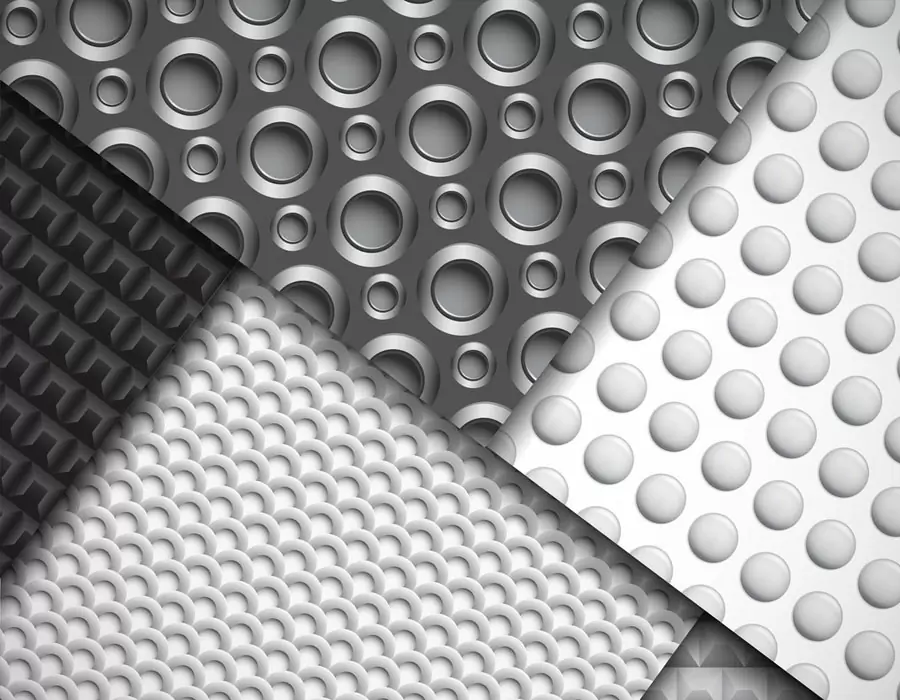
ISO 9001 certified. BE-CU Prototype Offering CNC machining carbon fiber and other manufacturing services for carbon fiber marterial. Various capabilities include notching, labeling, drilling carbon fiber, grinding, laser cutting carbon fiber, finishing, plating, marking, CNC milling carbon fiber and turning carbon fiber.We stock high quality 3k carbon fiber sheet in a variety of thickness, types and finish. Its a great material used in applications where light weight and strength are needed such as drones. Unlike other workshops, we have no min order and are often filling orders with a single part. We also don’t make you pay for the full sheet and you only get charged for what is used. With a large selection of material, you should find everything you need to make your project come to life. We are also able to handle larger production runs and provide a competitive pricing. If we don’t have the material or finish you require, we are more the willing to look at bringing it in for you.
What Is Carbon Fiber?Carbon fiber is made of polyacrylonitrile (PAN) (or pitch, viscose) and other organic fibers by carbonization (removal of most elements except carbon) by pyrolysis method under inert gas at high temperature above 1,000 °C. Inorganic polymer fibers with a carbon content of more than 90%.
-

3D Printing Continuous Fibres
-

3D Printing Short Fibre Filled Wires
-
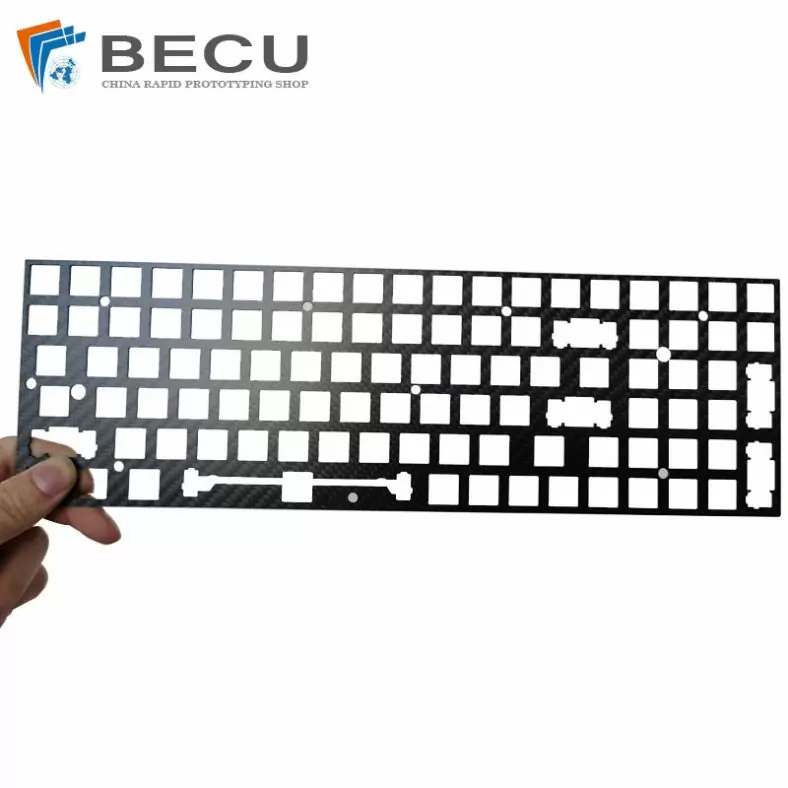
Laser Cutting Carbon Fiber Positioning Keyboard
-

Cnc Turning Industrial Copper-Aluminum Clad Carbon Fiber Machinery Parts
-
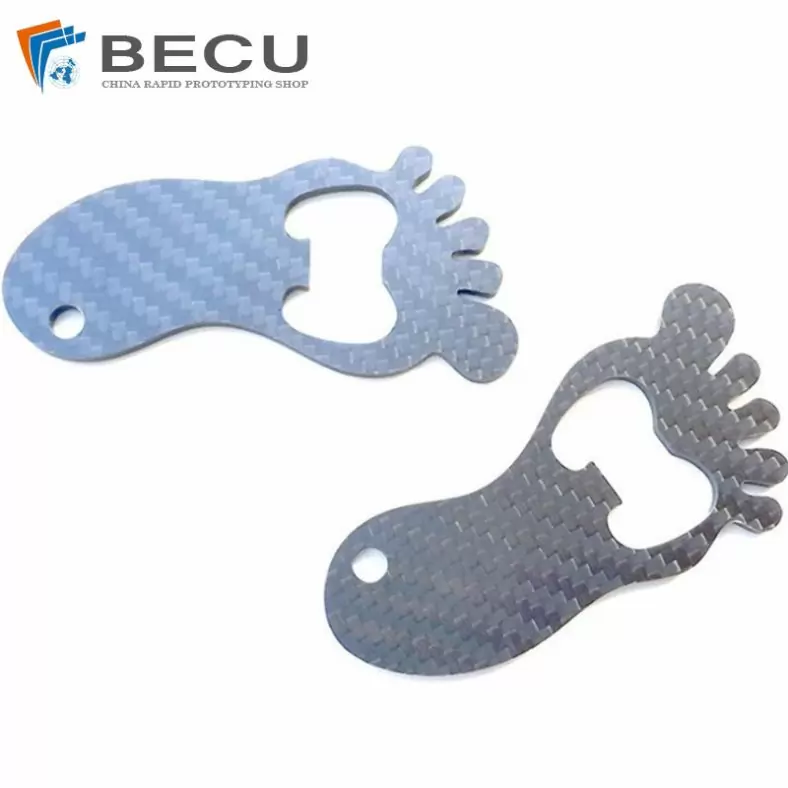
Carbon Fiber Luggage Tag Ornaments
-
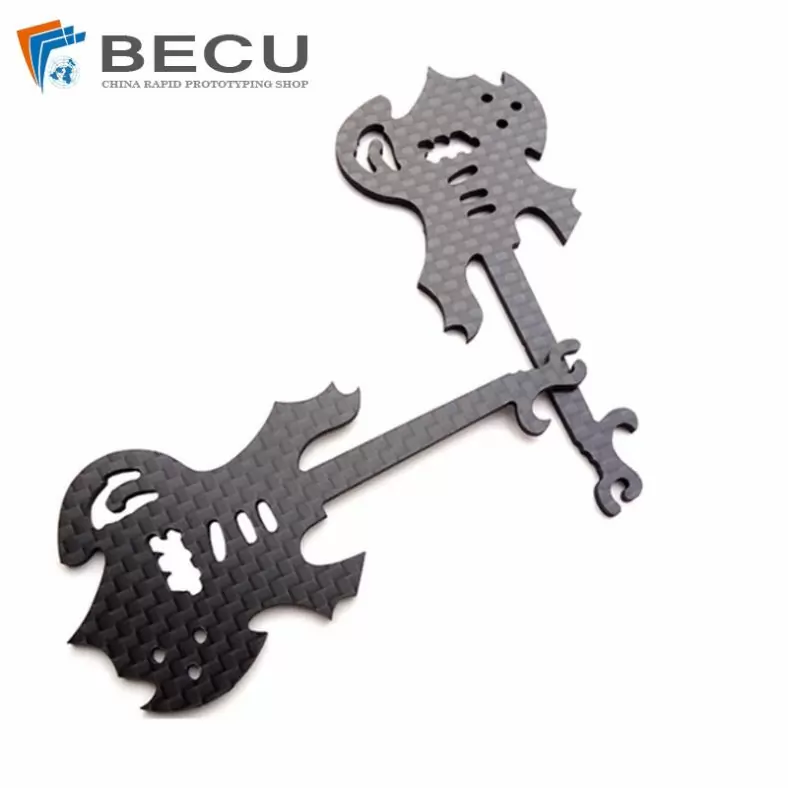
Laser Cutting Carbon Fiber Guitar Shape Crafts
-
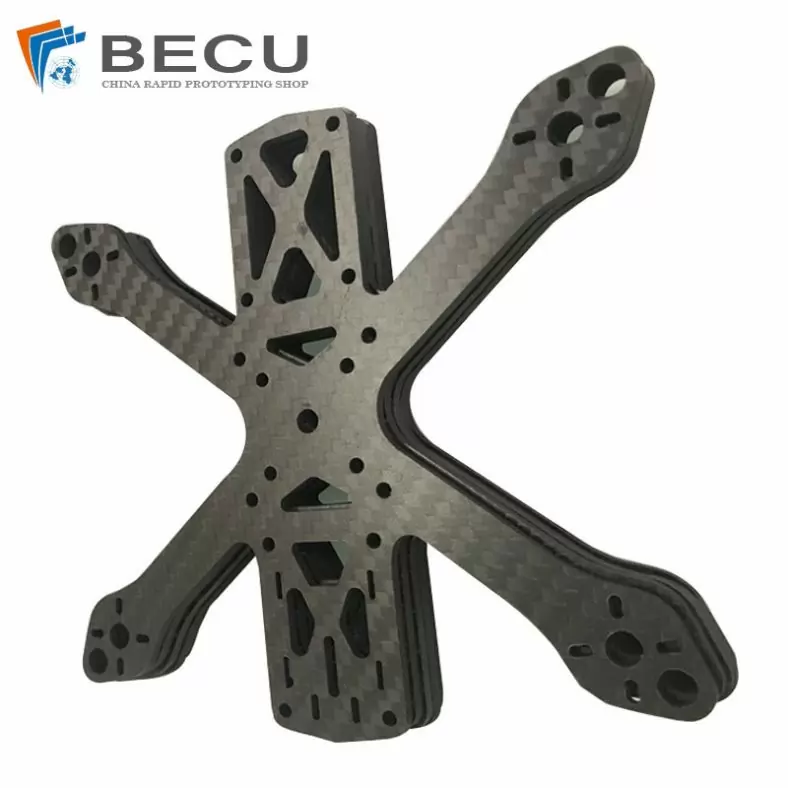
Laser Cutting Carbon Fiber Drone Rack
-
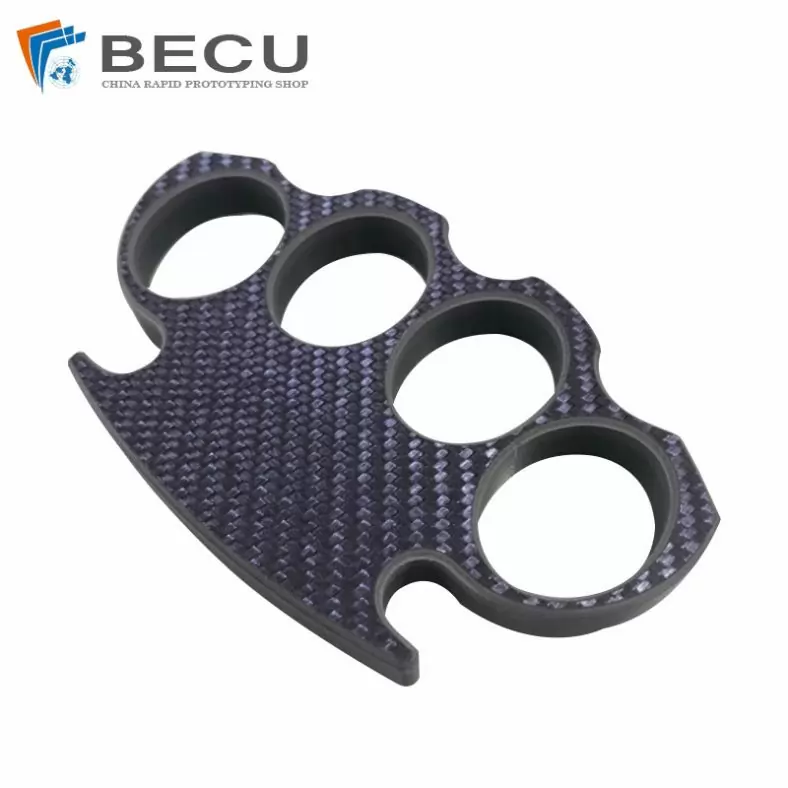
Cnc Milling Carbon Fiber Finger Buckle
